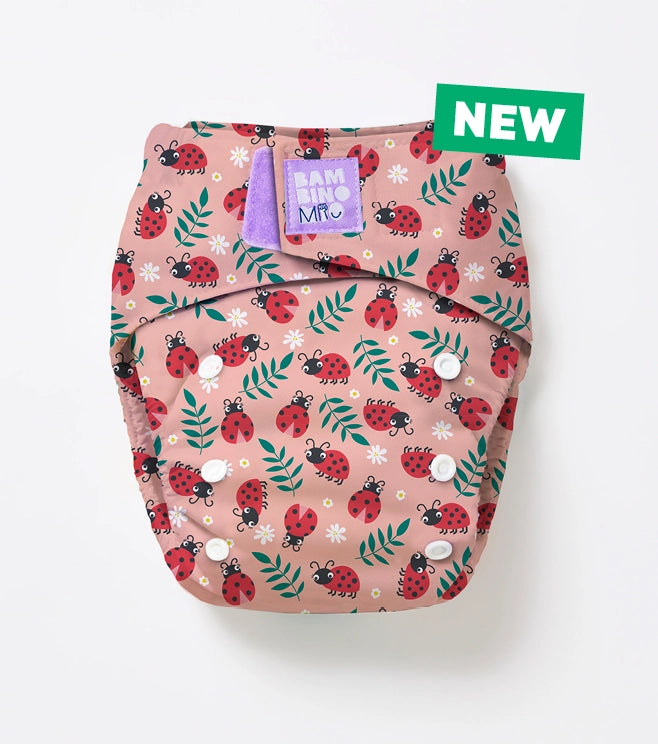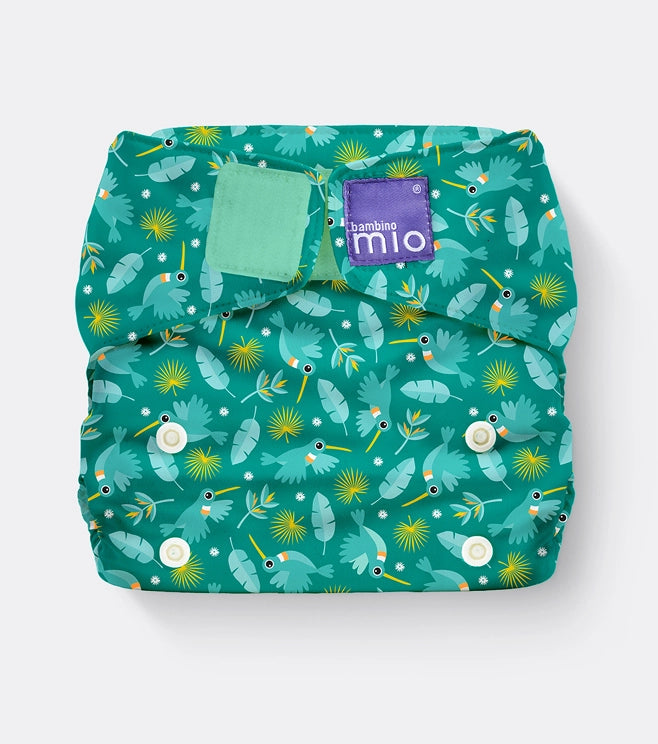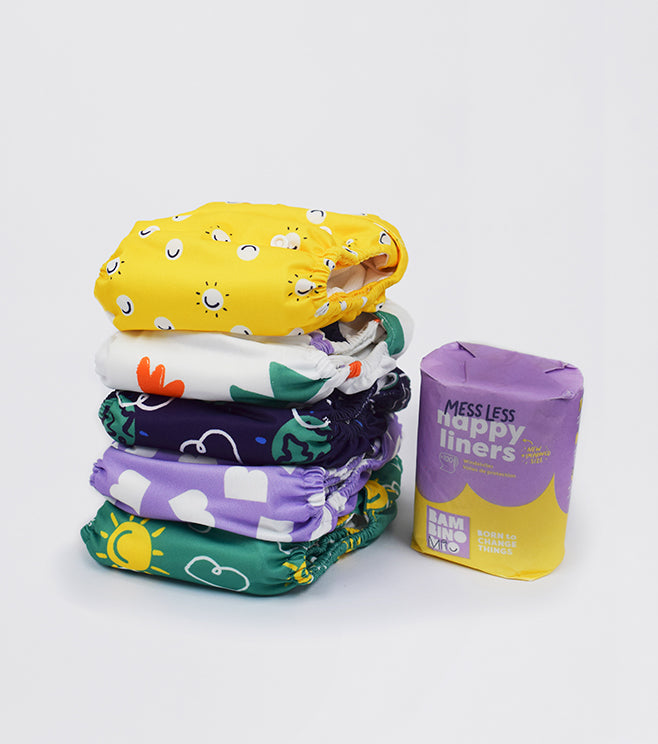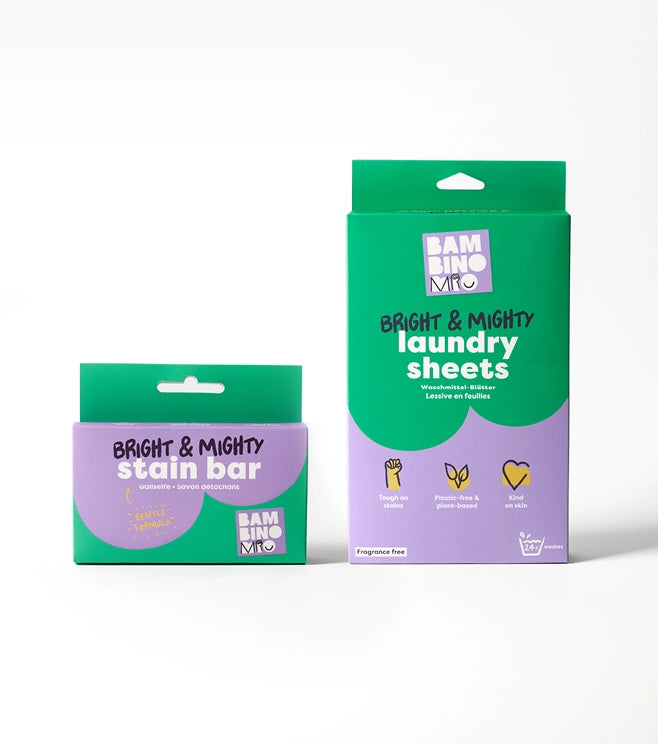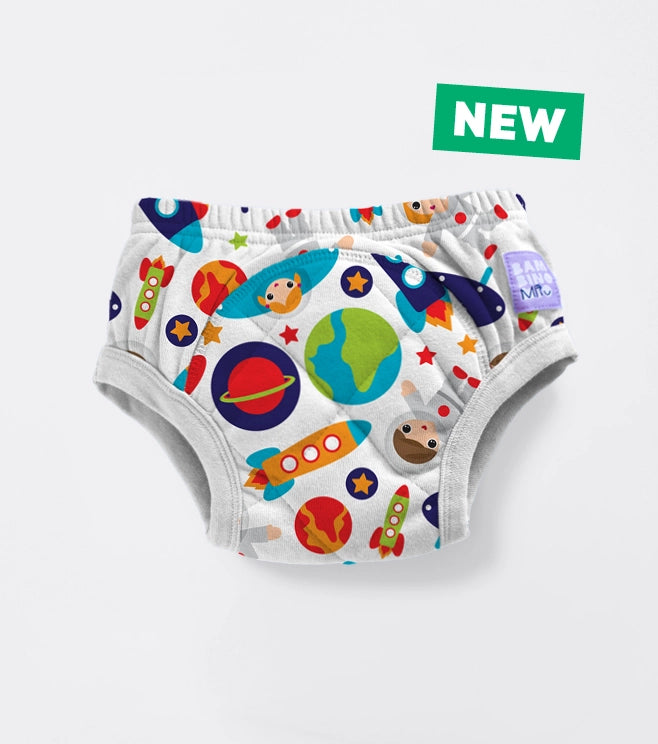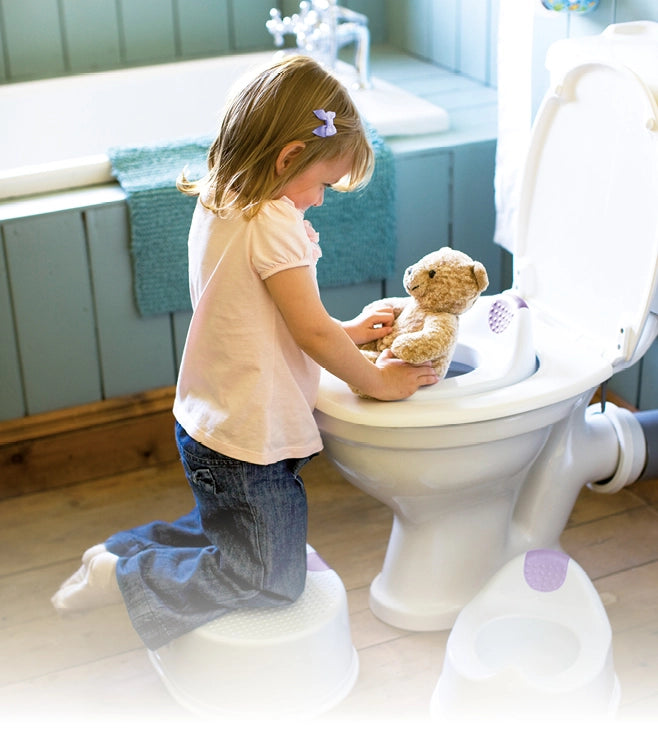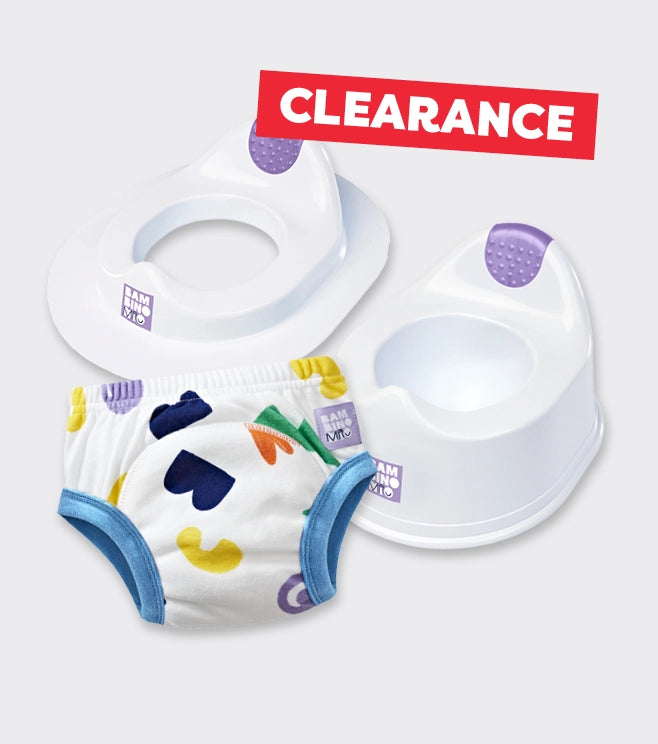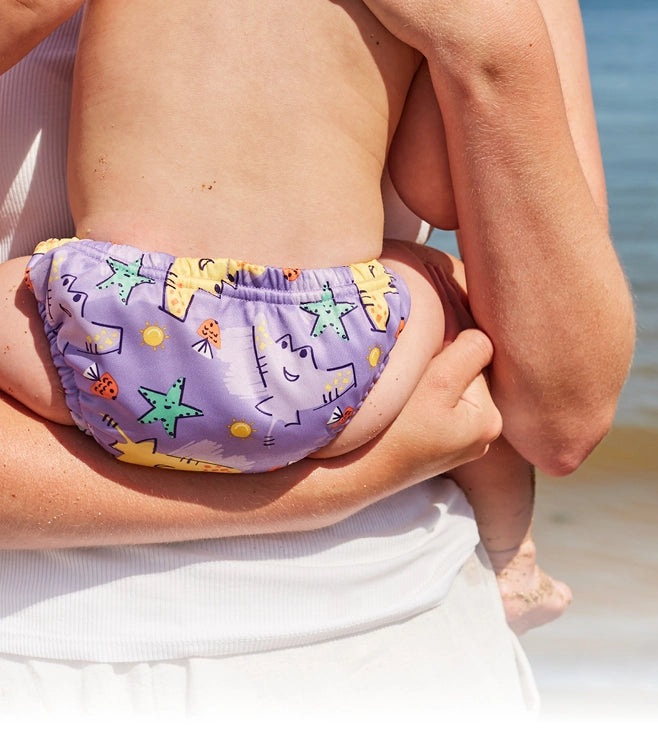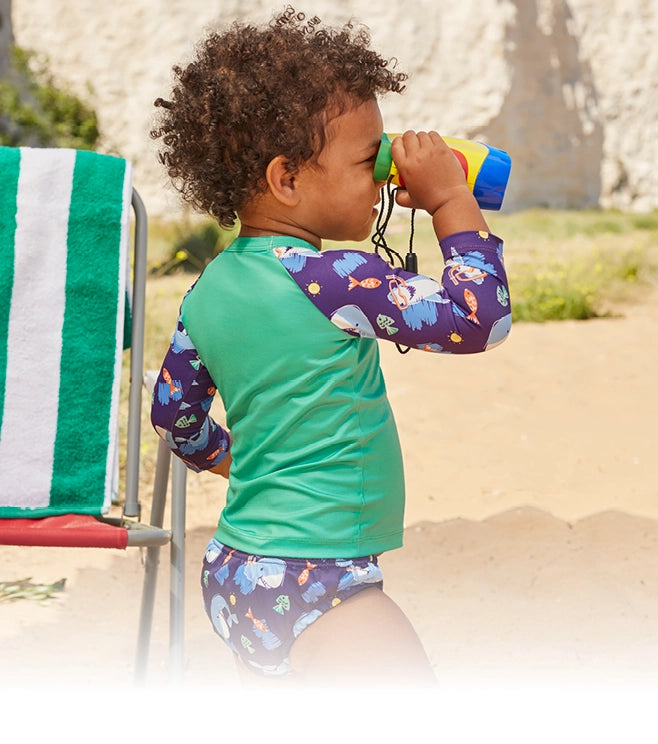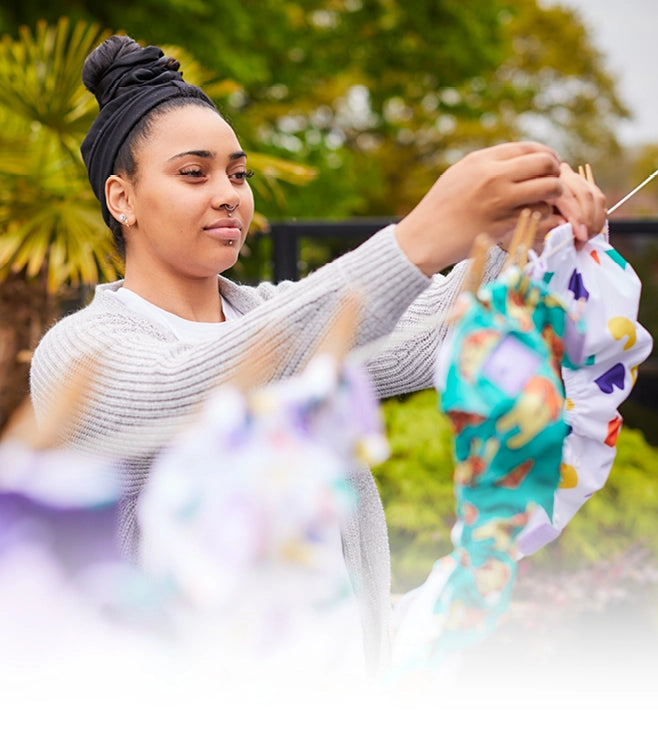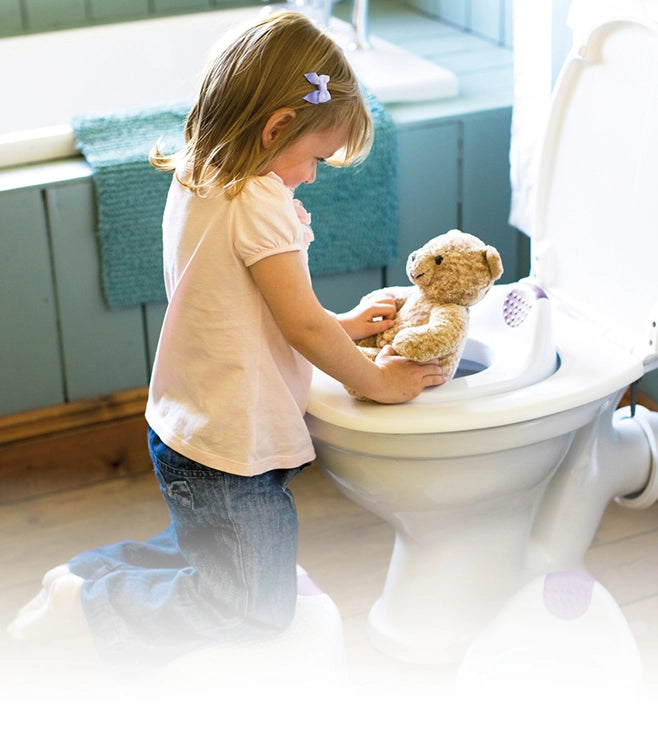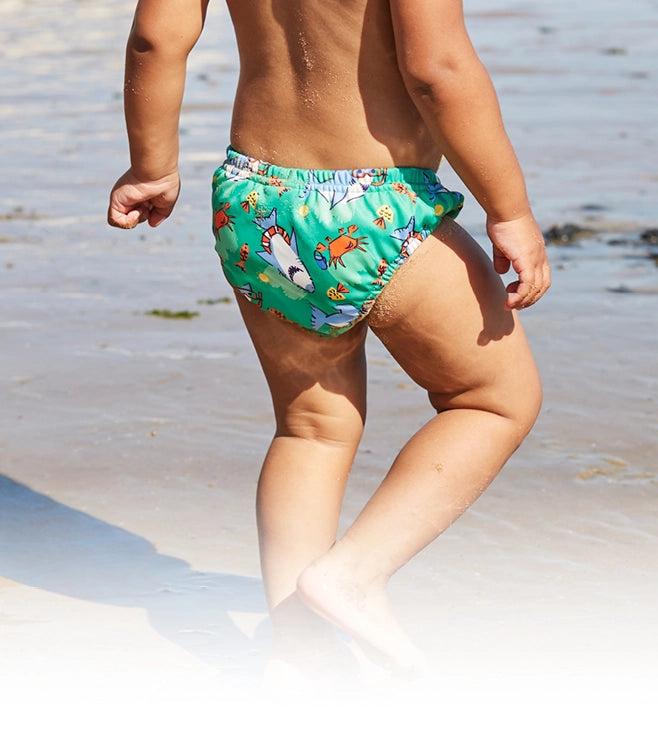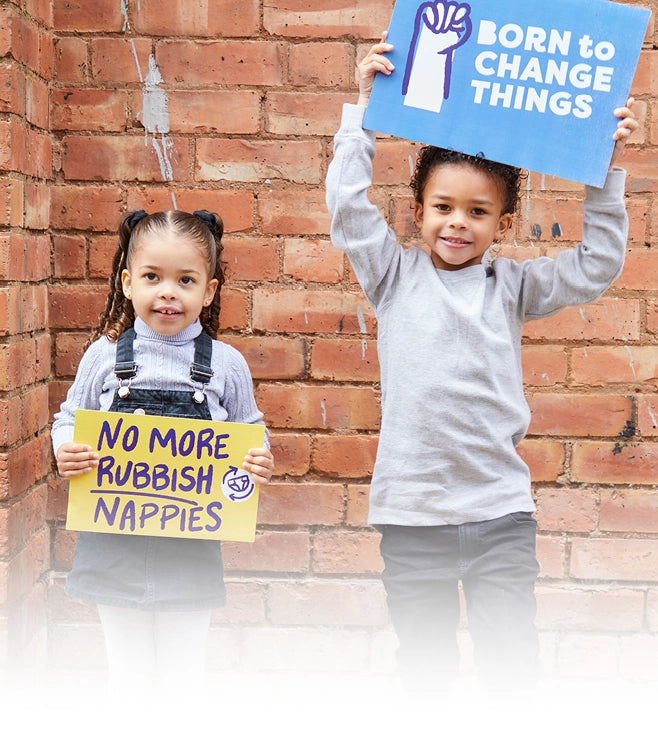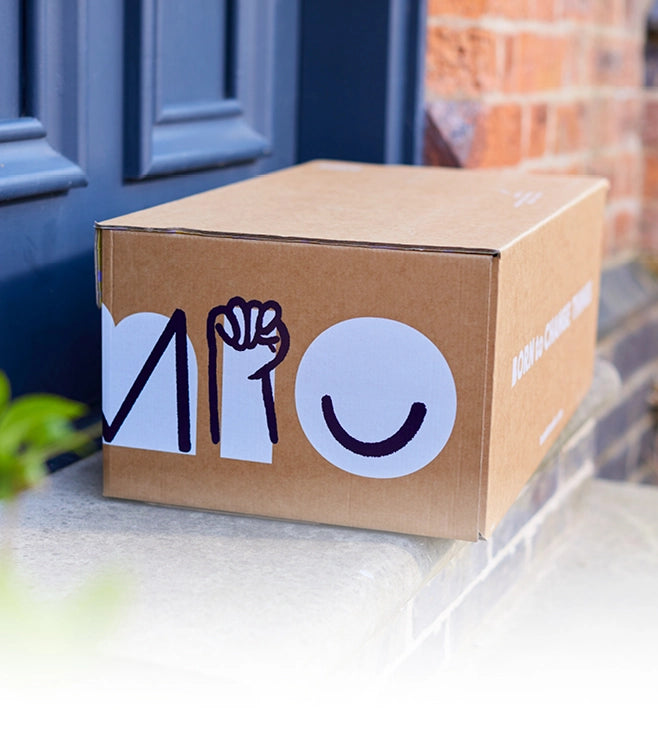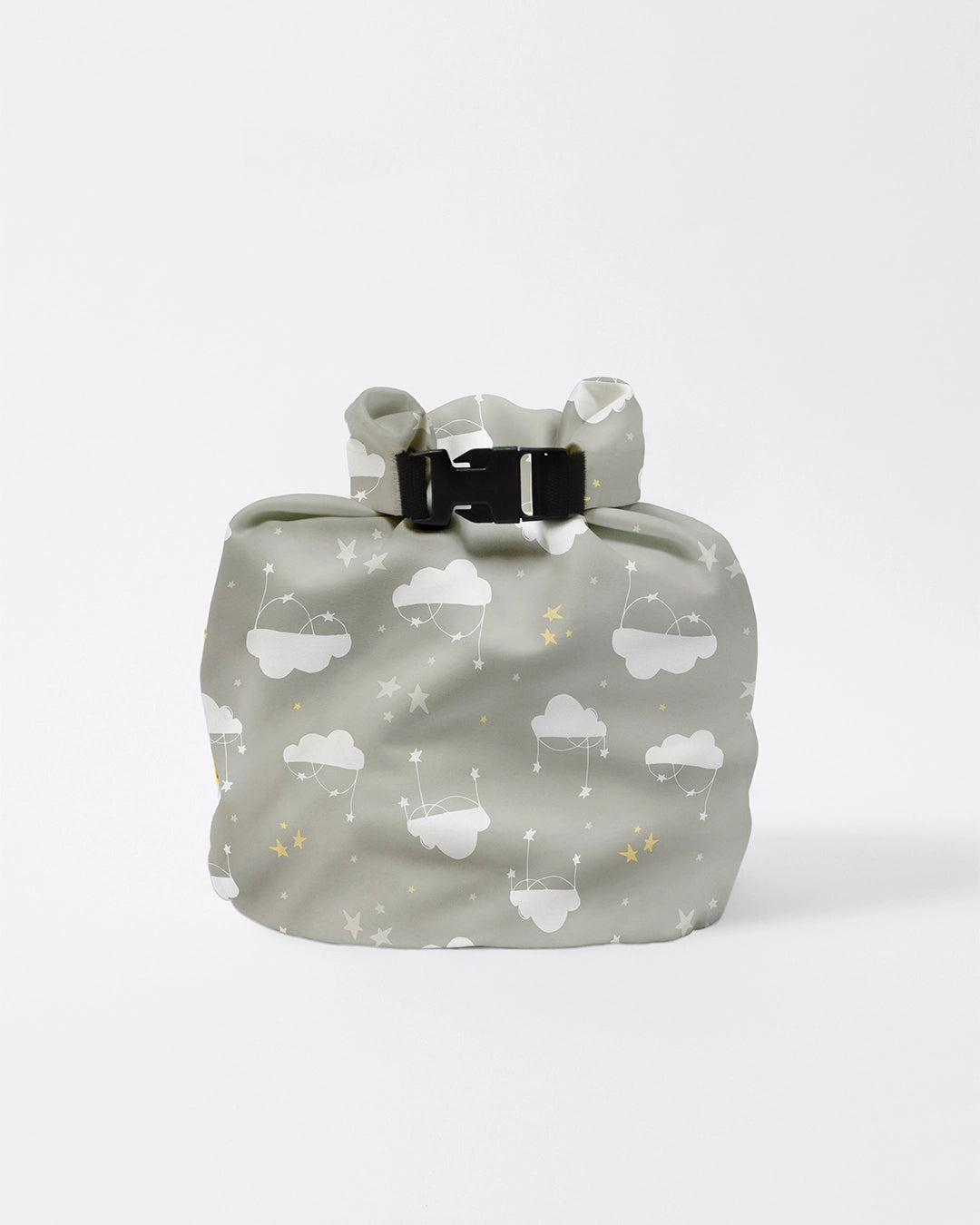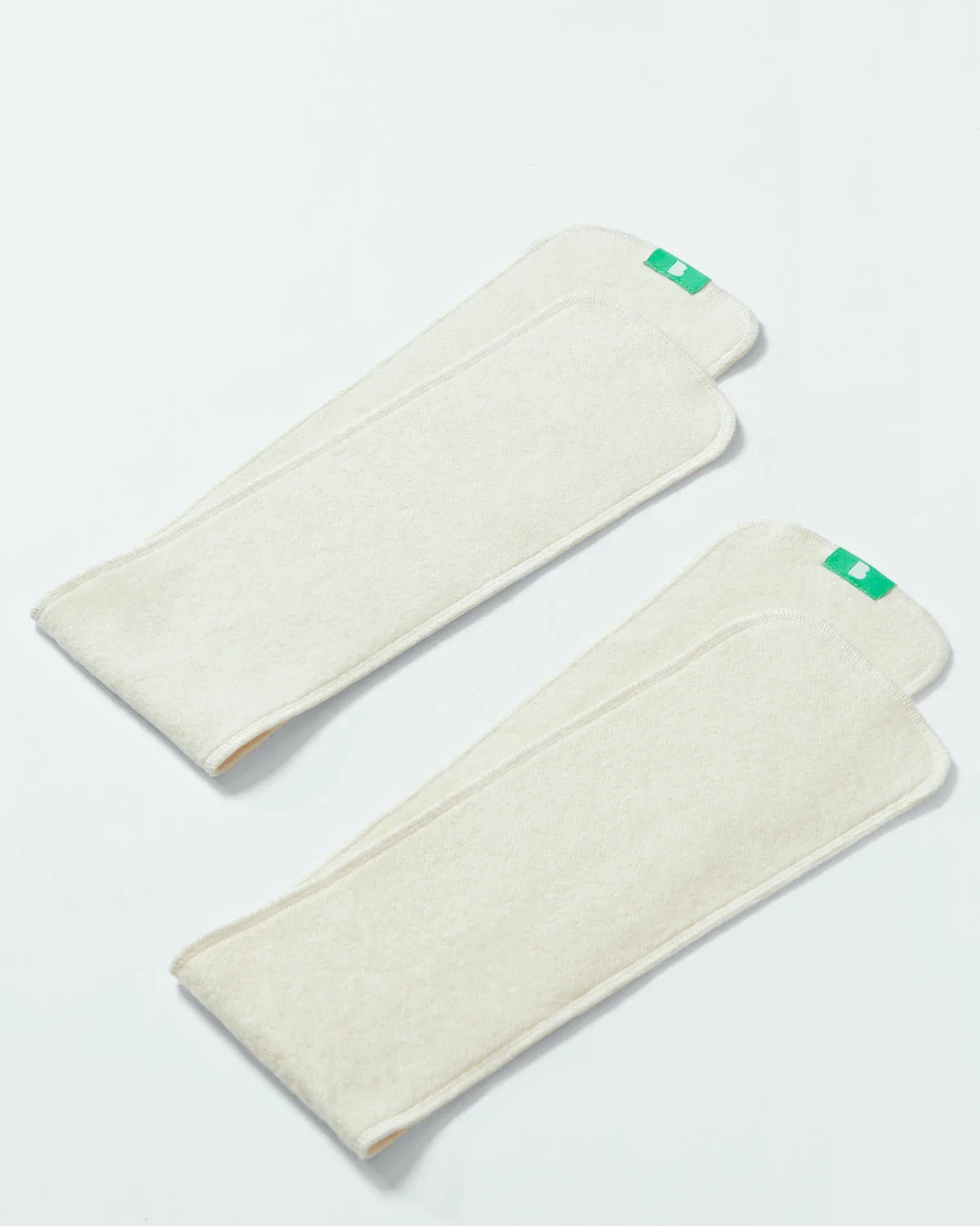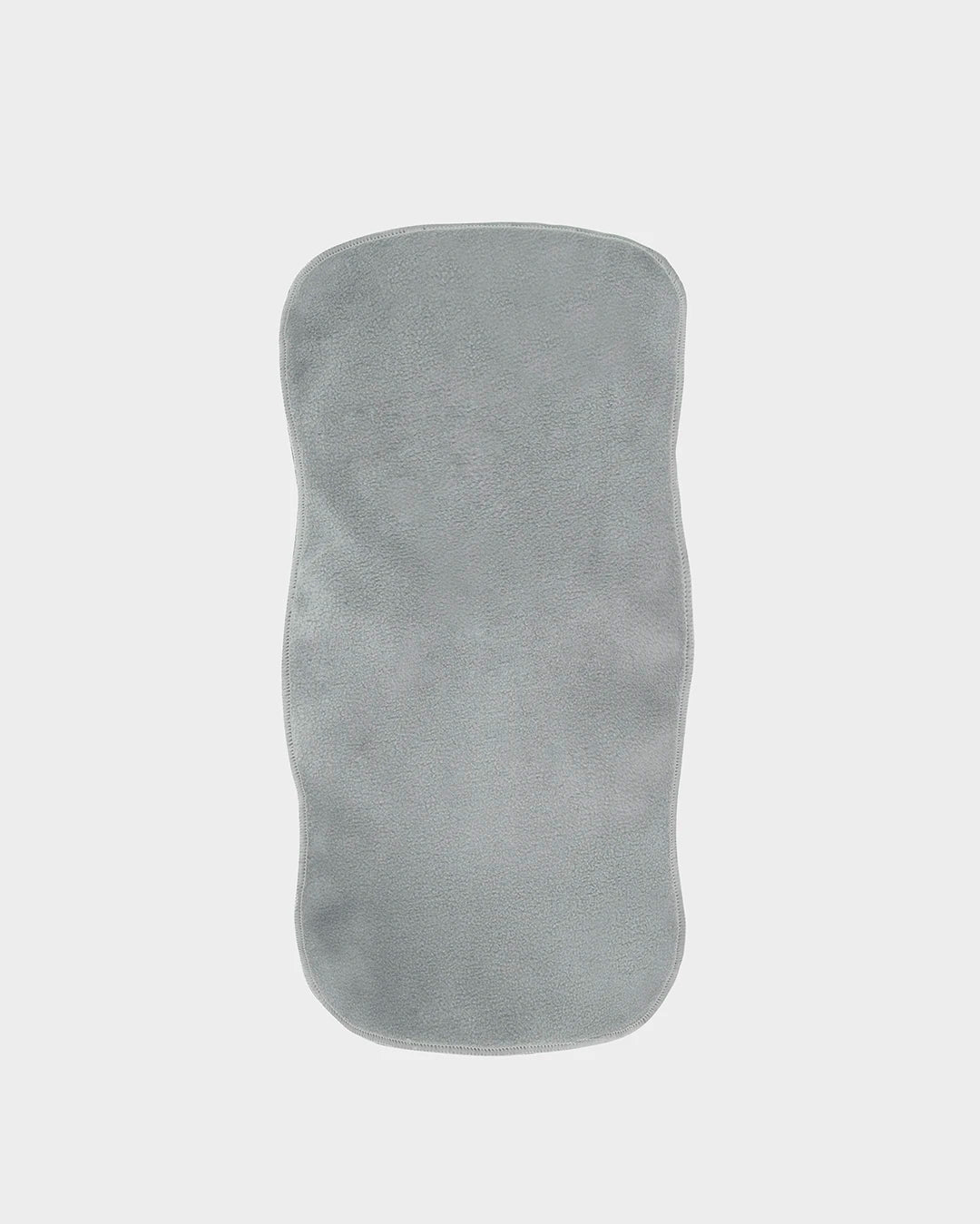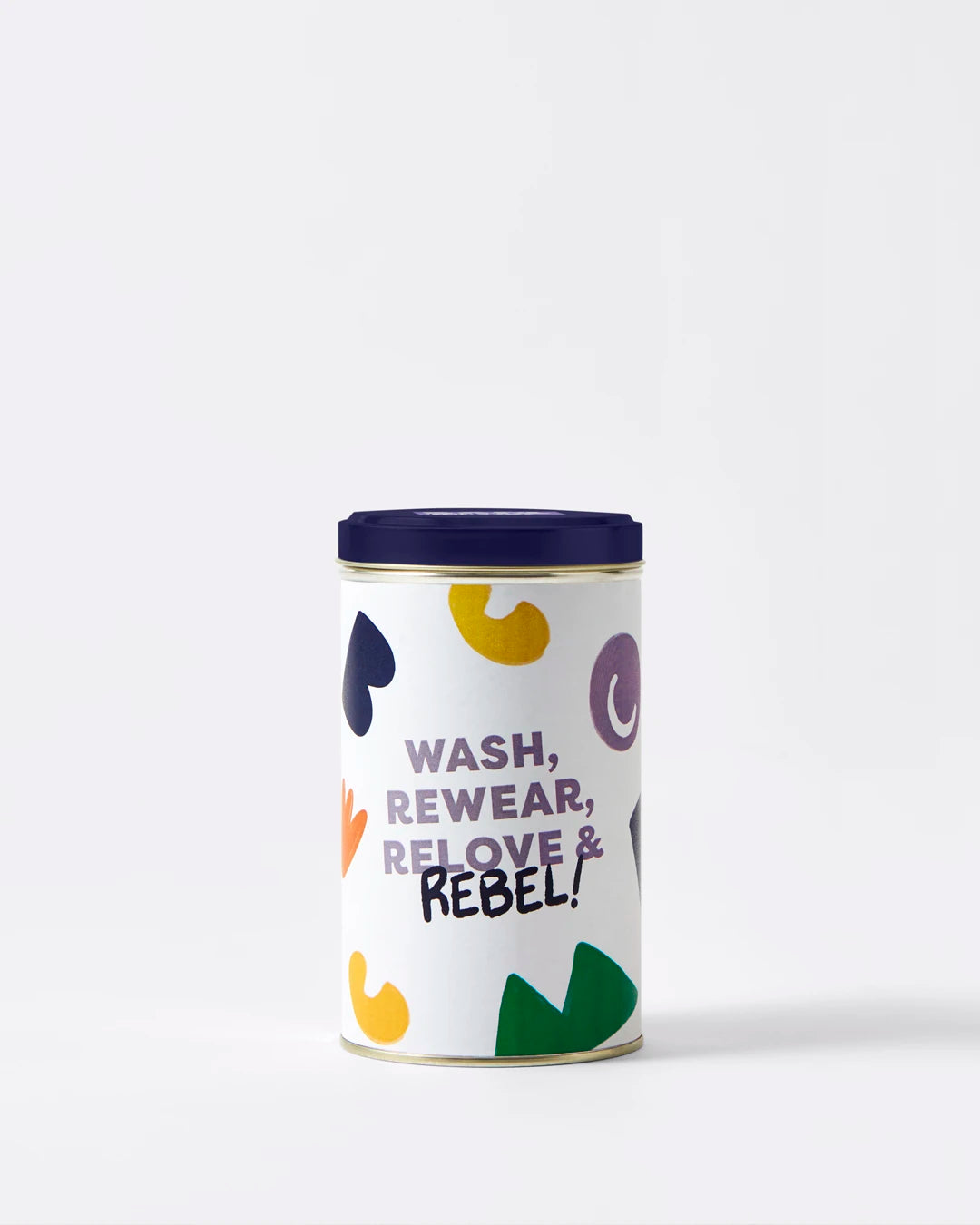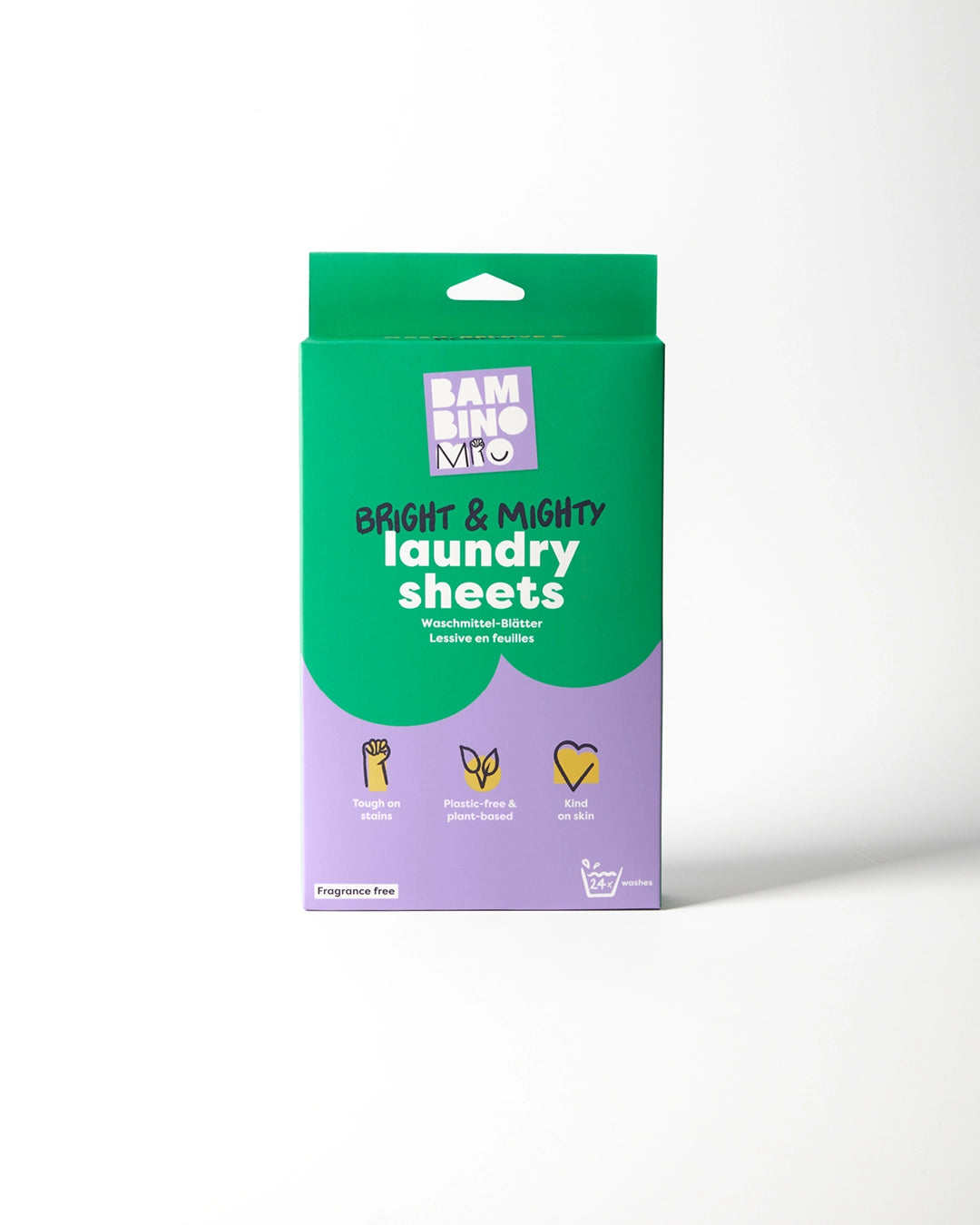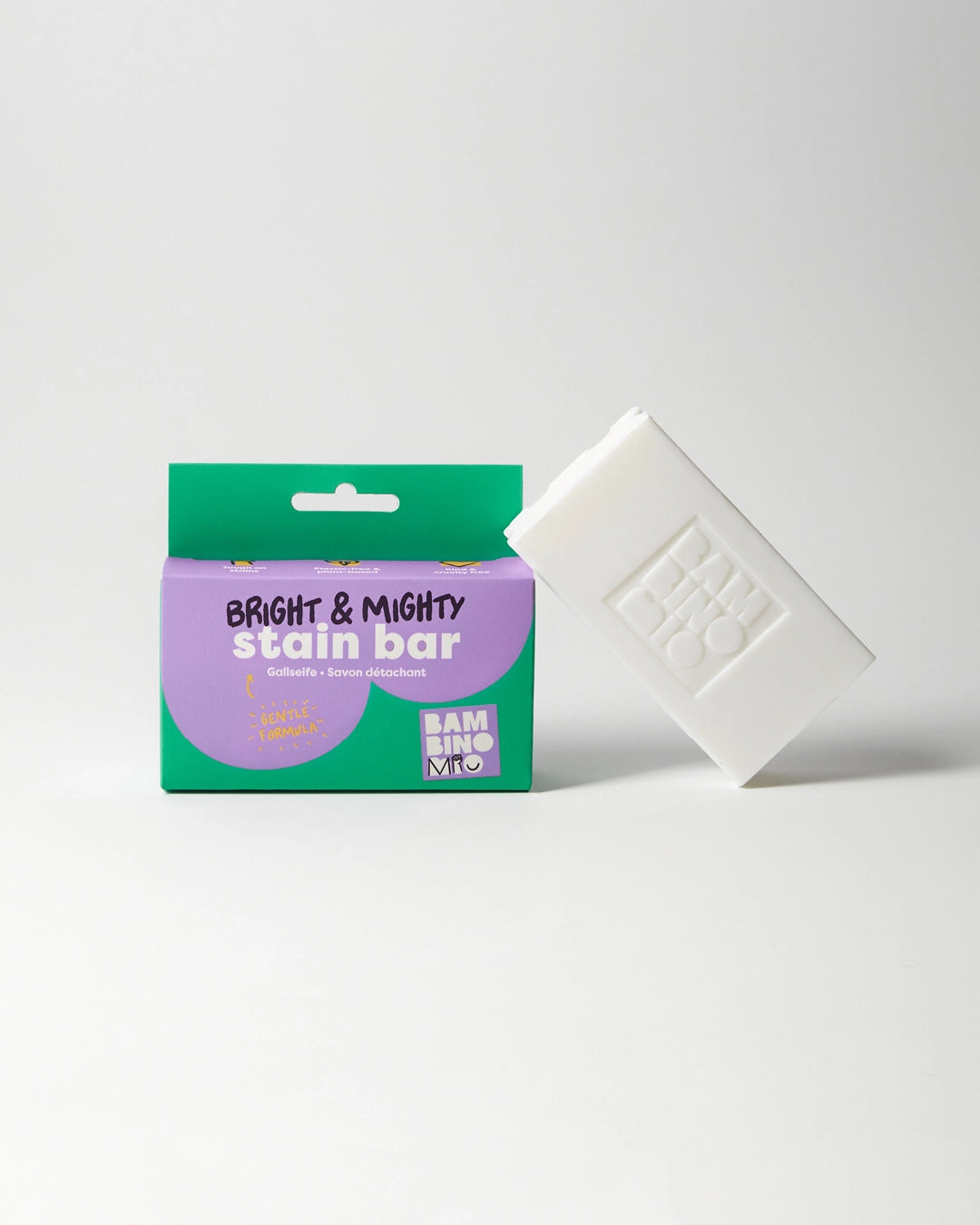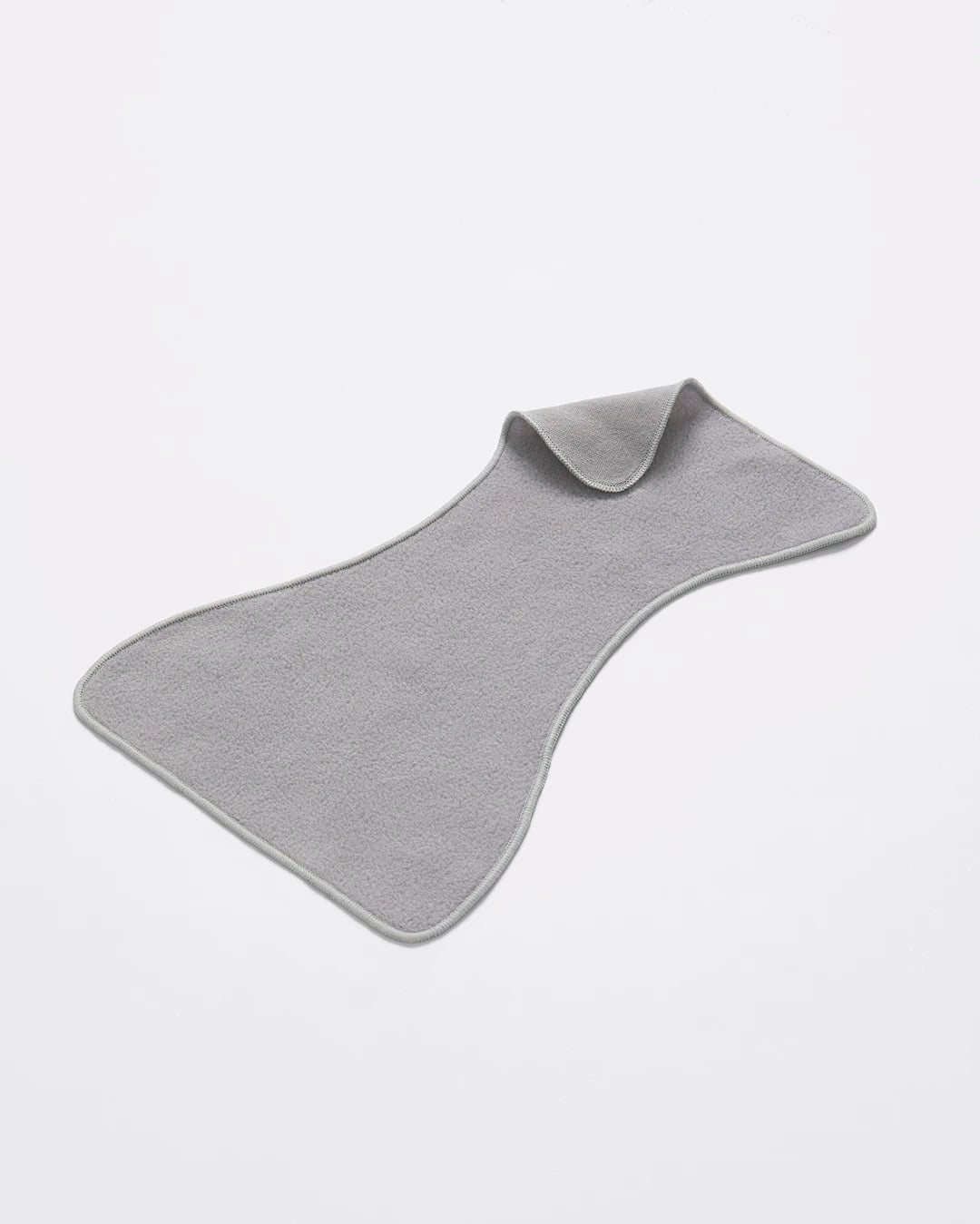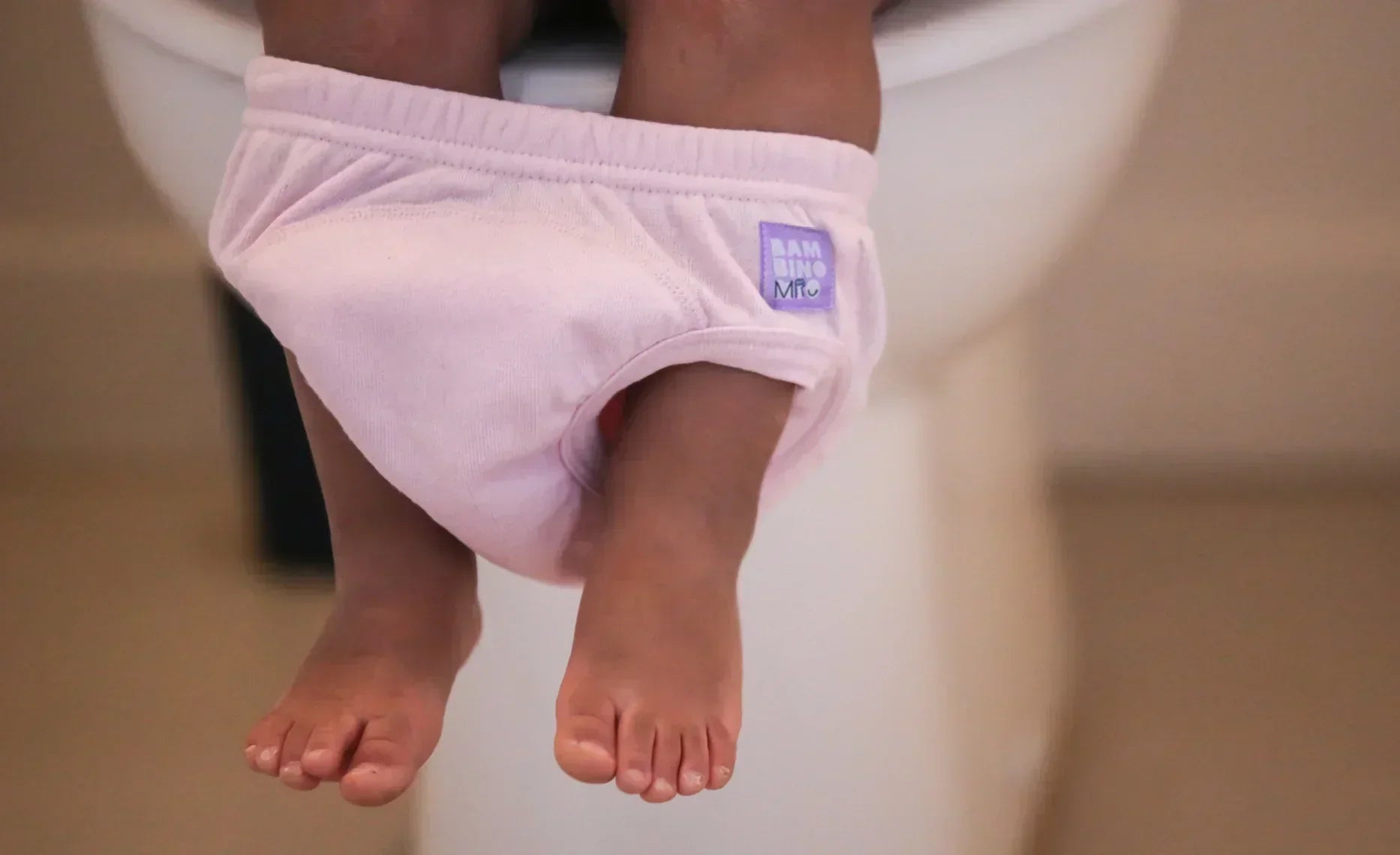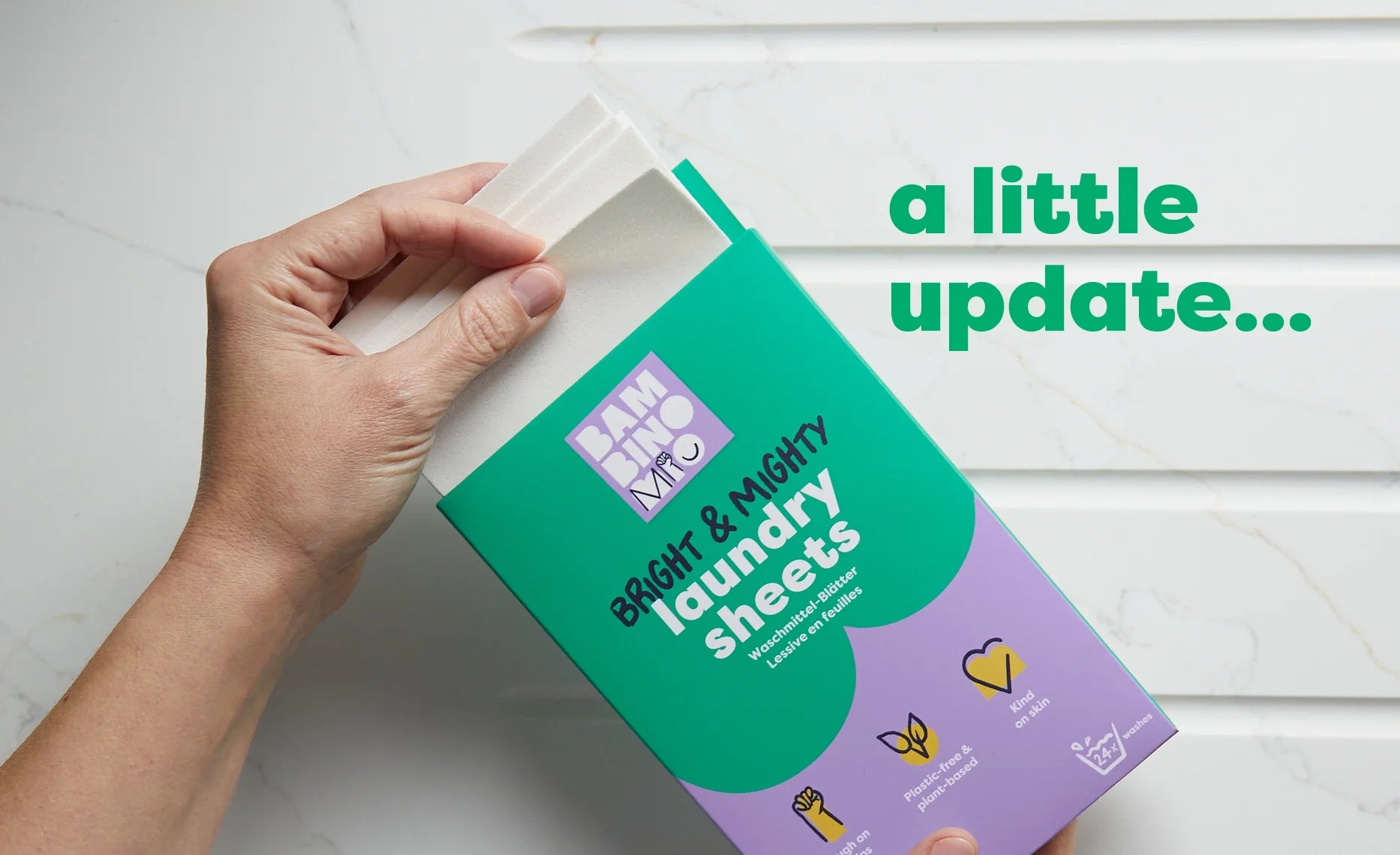How to Do Tummy Time With Your Baby
Share Options
- Bambino Mio
- 16 / 10 / 2023

Inside this Article:
- Why is tummy time important?
- When can my baby start doing tummy time?
- What are the benefits of tummy time?
- How do I start tummy time with my baby?
- How long should each tummy time session last for?
- Should I worry if my baby really doesn’t like tummy time?
- What should I do while my baby is having tummy time?
- Tummy time for older babies
- Almost ready to crawl
- Keep on moving!
- Citations and References
Your midwife or health visitor might have talked to you about tummy time and while you know it involves laying your baby on their front for a few minutes, it’s so much more than that.
Why is tummy time important?
Tummy time is, after nine months of (unsurprisingly) being curled up in a foetal position, a great opportunity to see the world from a totally different angle. Tummy time also lets your baby explore and try out all the different ways in which they can move their head, neck and limbs.
Safety tip: It’s dangerous for babies to sleep on their front or tummy (1), so make sure your baby is wide awake before you give them tummy time.
When can my baby start doing tummy time?
Your baby can start tummy time from the first few days of life, although at this age, it’s for a matter of seconds rather than minutes. If one or both of you is sleepy, leave it a while so your baby stays safe.
What are the benefits of tummy time?
The NHS recommends that you give your baby tummy time (2) so they can start to build and develop the muscles they need for crawling and sitting later on.
By stretching and wriggling in this new position, your baby will grow their back, neck and shoulder muscles, improve their gross motor skills (3) and also get used to a whole new posture.
How do I start tummy time with my baby?
If you decide to start doing tummy time from birth, then it’s best to have your baby lying on your chest so you have close contact and can control their movements. Being so close is also very reassuring for your baby as they take what is quite a big step for them.
You can sit or recline on a chair or sofa to start off tummy time, but make sure you’re not too tired, especially if you’re on a sofa.
When your baby’s a few weeks old, you can try putting them on the floor for tummy time. If they seem distressed, scoop them back up for a cuddle - tummy time should be fun so if your baby isn’t feeling it just yet, wait a bit longer.
How long should each tummy time session last for?
Lots of babies do protest against tummy time at first - it’s quite a shock to the system, after all - so keep it short and sweet. A few minutes each day is enough to start with and you can increase this time as your baby gains strength and motor control.
Should I worry if my baby really doesn’t like tummy time?
You shouldn’t worry if your baby doesn’t enjoy tummy time at first. The sensation of lying on their front and having to use lots of new muscles can be overwhelming, so just stick with it.
Gradually increase the amount of time your baby spends on their tummy so that by six months, they’re having 20-minute bouts of tummy time each day.
What should I do while my baby is having tummy time?
You should be keeping your baby occupied and happy during tummy time by singing to them and making sure they can see your face at all times.
For newborns, singing and physical contact is really important, so try some songs such as “Incy Wincy Spider” while walking your fingers up and down their spine, for example.
Tummy time for older babies
When your baby graduates to the floor, you should get down to their level and maintain eye contact. Smile, sing and talk to them so that they make the effort to look at you as this helps to work all those neck, back and shoulder muscles.
Almost ready to crawl
After a few months, when your baby has gained more control of their movements, you can start placing favourite toys just out of their reach to encourage them to look at and reach for them. This encourages crawling and helps your baby to realise that they can reach out and grab objects (4) if they want them.
Keep on moving!
Once your baby’s started crawling, you can use their toys and favourite objects to make them work a bit harder. You can hold up their best stuffie for them to aim towards. Make sure you offer lots of praise and encouragement, even if your baby doesn’t quite make it to their beloved toy.
Tummy time isn’t a test, it’s just one journey among many others. The aim is to strengthen your baby’s muscles and coordination so that they’re ready to crawl, sit and walk when the time comes.
Citations and References
(1) National Health Service (NHS). ‘Reduce the Risk of Sudden Infant Death Syndrome (SIDS). 2021. Web. www.nhs.uk/conditions/baby/caring-for-a-newborn/reduce-the-risk-of-sudden-infant-death-syndrome
(2) National Health Service (NHS). ‘Start for Life. Baby Moves.’ Web. www.nhs.uk/start-for-life/baby/baby-moves/#tummy
(3) National Health Service (NHS). ‘Development of Gross Motor Skills Through Play.’ Web. www.hacw.nhs.uk/leaflets-paeds-sps-DGMS
(4) National Health Service (NHS). ‘Your Baby’s Development From 2 to 12 Months.’ 2023. Web. www.nhsinform.scot/ready-steady-baby/early-parenthood/your-baby-s-development-from-2-to-12-months


